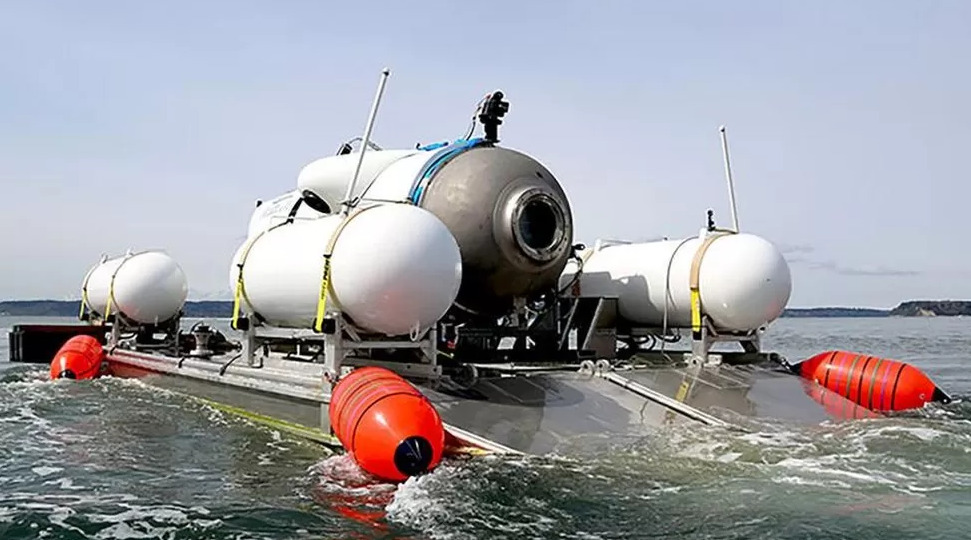Kathryn Armstrong and Jonathan Amos
Confirmation that the crew aboard the submersible that went missing during a dive to the wreck of the Titanic nearly a week ago have all died means the massive search operation that was launched in the waters of the Atlantic Ocean has new priorities.
The US Coast Guard confirmed on Thursday afternoon that all five men aboard had perished following what was probably a “catastrophic implosion” of the OceanGate Titan sub.
But many questions about what exactly happened remain and doing everything possible to try and answer these will be the focus moving forward.
Will the bodies be recovered?
Rear admiral John Mauger said he could not confirm whether the US Coast Guard would be able to locate the victims’ bodies.
“This is an incredibly unforgiving environment,” he said.
Those aboard were the wealthy British businessmen Hamish Harding and Shahzada Dawood, whose son Suleman joined him on Titan.
OceanGate chief executive officer Stockton Rush was also part of the crew, alongside former French navy diver Paul-Henry Nargeolet.
What will happen with the search?
It is unclear at this stage which agency will lead the investigation as there is no protocol for such incidents with a submersible.
Mauger said it was particularly complex because the incident had taken place in a remote part of the ocean, involving people of different nationalities.
But having played a leading role in the operation so far, the US Coast Guard is likely to continue to have an important part.
It said it would continue to investigate the site of the debris field and several vessels, medical personnel and technicians remain on the scene. Teams will start being demobilised in the next 24 hours.
The remote operating vehicles (ROVs) operating on the sea floor around the Titanic will also remain for now.
“I don’t have a timeline for when we would intend to stop remote operations on the seafloor at this point,” said Mauger.
What about the sub debris?
It will be essential to gather up as much of the debris as possible, including bits of the carbon fibre that part of the vessel was made from, in order for the authorities to build up a picture of what happened.
Efforts are continuing to map the area in which parts of Titan were found.
Paul Hankin, an undersea expert, explained that the search so far had found five major pieces of debris to confirm it was the missing sub.
The pieces include the nose cone, and the front and aft end bells of the pressure hull.
How will the incident be investigated?
Mauger said the governments of countries involved in the incident have been meeting to discuss what an investigation could look like.
Those involved in any inquiry will be seeking to confirm the theory that an implosion caused the deaths of those aboard Titan and, if so, when and why it happened.
The admiral added that while the scope of this was outside of his remit, wider questions surrounding regulations and standards of such underwater missions were likely to be the focus of a future review.
Another potential source of information about what exactly happened to Titan could be hydrophones – underwater microphones that are used to listen for illicit atomic weapons tests.
These helped to establish that the Argentinian submarine San Juan had imploded after it went missing off the country’s coast in 2017.
Hydrophones may well have picked up the end of the Oceangate Titan and could give us an exact timing for when the tragedy occurred.
The US Navy detected sounds “consistent with an implosion” shortly after OceanGate’s Titan submersible lost contact, a navy official has said.
- BBC News
Stay informed with The Namibian – your source for credible journalism. Get in-depth reporting and opinions for
only N$85 a month. Invest in journalism, invest in democracy –
Subscribe Now!







